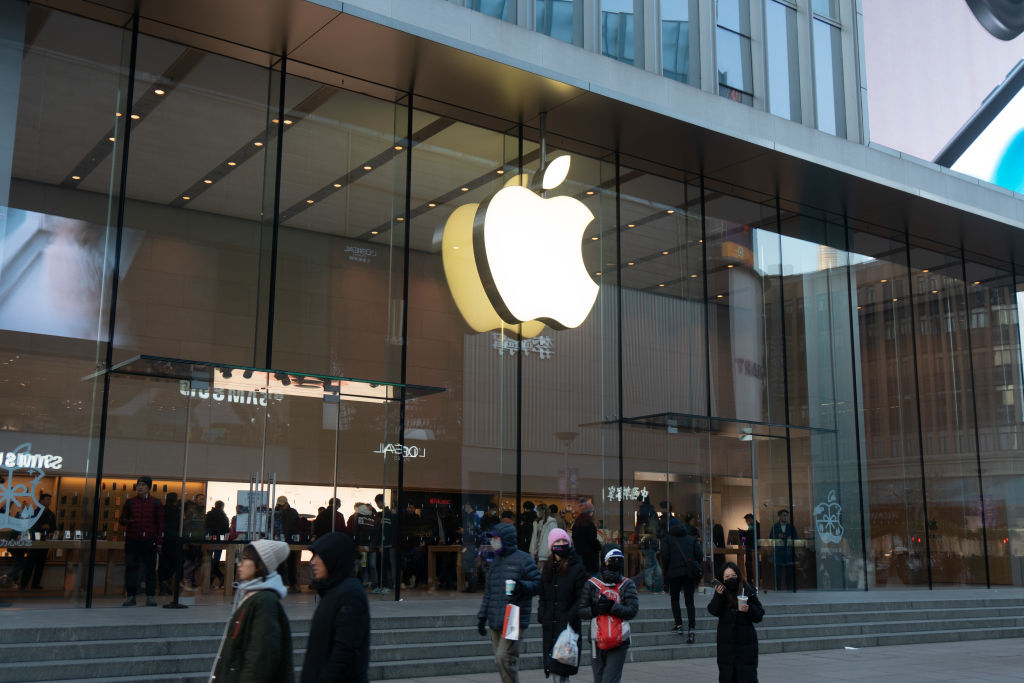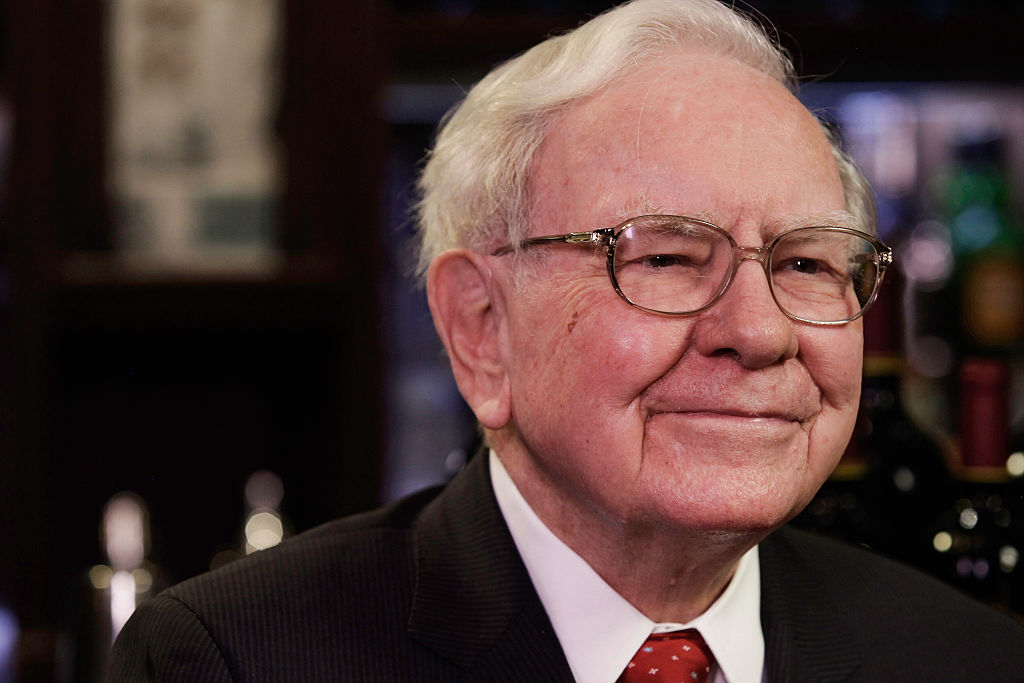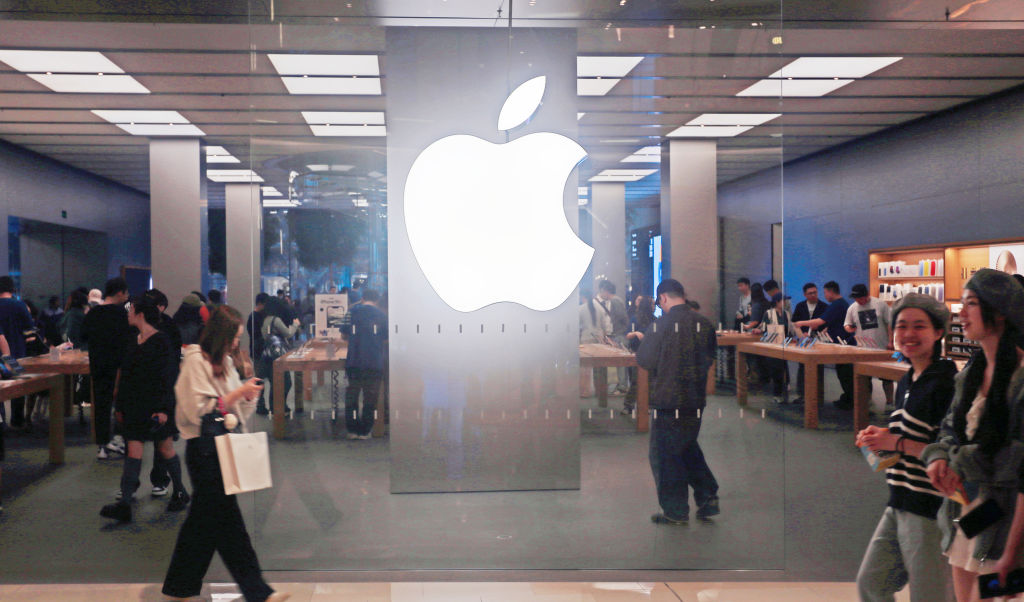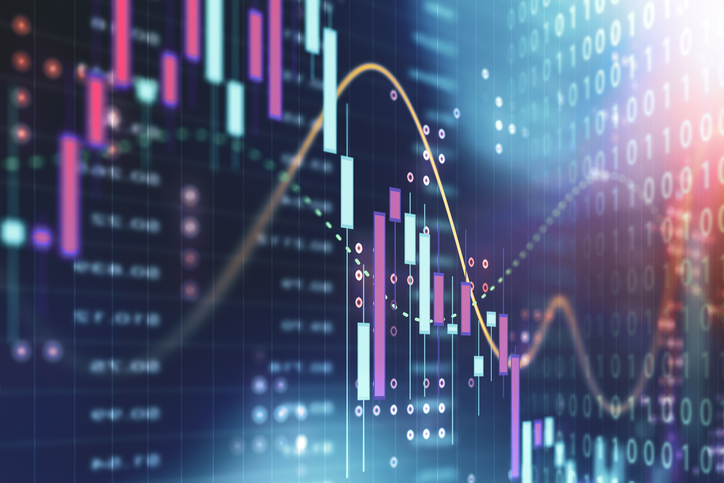6 Stocks That Share the Wealth With Their Investors
These firms are raising their dividends and buying back shares—and are attractively priced.

During and just after the Great Recession, it seemed prudent for companies with piles of cash to just sit on their money. Memories of companies folding because they couldn’t get access to financing were still fresh in executives’ minds. But now that the economy appears to be improving, managers at cash-rich companies are weighing their options, which boil down to three.
First, they can continue to hoard the money. But like today’s savers, companies get almost no return on that investment. The second option: Use the cash to fuel growth, either by acquiring other concerns or investing in new plants, equipment and workers. But that could put the company in jeopardy should the economy slip back into recession. So a growing number of companies are trying door number three: They’re giving cash back to shareholders by boosting dividends and buying back shares.
The lure of buybacks. Dividends put cash directly in shareholders’ pockets. But some experts argue that buybacks can be an even better way to spread the wealth, largely because the cash used to buy shares doesn’t generate a tax bill, as a dividend may. “In a world where you have elevated stock prices and very modest growth, a safe way to invest is to buy companies that are using their cash flow to reduce the number of shares outstanding,” says Charles Biderman, who runs TrimTabs Float Shrink ETF (symbol TTFS), an exchange-traded fund that invests solely in companies that are buying back their own stock.

Sign up for Kiplinger’s Free E-Newsletters
Profit and prosper with the best of expert advice on investing, taxes, retirement, personal finance and more - straight to your e-mail.
Profit and prosper with the best of expert advice - straight to your e-mail.
You shouldn’t just invest randomly in companies that are returning capital. Though some firms may hike dividends to lift their stock price, they may not generate enough cash flow to maintain the payments. If a company has to cut its dividend, the results are usually disastrous for shareholders. Others buy stock at inflated prices, which provides only temporary relief to shareholders. That said, when companies do it right—they generate enough cash to boost their dividends and they buy back stock at bargain prices—shareholders typically win.
Here we list six such companies that are doing just that. And, thanks to some recent stumbles, they appear to be selling at bargain prices. (Share prices are as of September 11.)
Activist investor Carl Icahn’s announcement in mid August that he had taken a large stake in Apple (AAPL) gave the stock a boost of more than 10% in a few days. But the stock surrendered most of those gains on September 11, a day after Apple unveiled two new iPhone models. Analysts complained that the lower-end model wasn’t priced cheaply enough to fend off competition from other phones in emerging markets.
Icahn thinks the stock, now trading at $468, is worth $625 a share. Pivotal to his rosy analysis is Apple’s stockpile of $147 billion in cash and investments, which the Cupertino, Cal., company has been returning to shareholders through stock buybacks and a relatively new (and already hiked) dividend. Icahn says he’s urging Apple CEO Tim Cook to buy more shares while they’re still inexpensive. Apple says it repurchased $18 billion worth of stock in the April–June quarter.
Apple shares still look cheap by conventional measures, trading at 12 times estimated earnings for the next 12 months. By comparison, Standard & Poor’s 500-stock index sells for 15 times estimated earnings.
Shares of Caterpillar (CAT) tumbled in July when the maker of heavy equipment announced that weak demand for mining equipment, unfavorable currency swings and a decline in dealer orders had crushed second-quarter earnings. However, chief executive Doug Oberhelman attributed the majority of the sales slump to dealers selling down their inventory rather than to slack demand. He expects dealers to start replenishing their stock in 2014. That should fuel sales and profits next year—not to mention CAT’s stock.
Meanwhile, the Peoria, Ill., company raised its quarterly dividend this summer and is buying back $1 billion of its shares. “Repurchasing stock in a downturn is a key part of our cash-deployment strategy…supporting our commitment to deliver superior stockholder returns,” Oberhelman told investors. At $87, CAT shares are 13% below their 52-week high. S&P Capital IQ expects the stock to sell for $109 within a year and rates it a “buy.”
Profit margins have narrowed at Corning (GLW), which makes glass products used in computers, phones, TVs and tablets. However, the Corning, N.Y., company has been cutting costs, and its managers maintain that it has now turned the corner. Second-quarter earnings rose 39%, reaching $638 million, or 43 cents per share. UBS analyst Amitabh Passi thinks Corning will be able to capitalize on growth in both tablet computers and the auto industry, which is showing interest in making windshields out of Corning’s signature Gorilla Glass.
Corning has been sharing the wealth with investors. It boosted its dividend in June and has bought back more than 40 million shares over the past year. And its stock, at $15, looks well priced, selling for 11 times estimated earnings over the next year. Analysts estimate that Corning’s earnings will grow at a 12% pace over the next several years.
Technology spending has been weak lately, but analysts believe EMC Corp. (EMC), an electronic-storage, security and data-consulting firm, is poised to profit. Like Corning, EMC was a poster child for the tech bubble of the late 1990s and early 2000, but its stock has languished ever since. With an 80% stake in VMware, EMC is also a play on cloud computing. VMware makes software that helps companies use their existing hardware to connect far-flung locations through virtual networks. Although EMC’s earnings in the first half of 2013 were only 5% higher than in the same period of 2012, Raymond James analyst Brian Alexander expects growth to accelerate.
The Hopkinton, Mass., firm initiated a dividend in July and repurchased $1 billion of its own stock in the first half of 2013. At $27, EMC shares sell for 14 times projected earnings, a favorable price-earnings ratio given that analysts expect earnings growth of 13% annually over the next few years. Alexander’s one-year price target is $31.
International Business Machines (IBM) has been transforming itself from a maker of large, mainframe computers to a provider of technology services. But cutbacks in technology spending and slower revenue growth in developing markets led to disappointing first-half results. UBS analyst Steven Milunovich thinks the pain is temporary and that Big Blue has the potential to leverage what it has learned through decades of research and development to help other companies manage the complexities of a new world—one that’s discovered the benefit of crunching vast quantities of disparate statistics to learn more about consumer preferences. A company the size of the Armonk, N.Y., tech giant can’t turn on a dime. But there are many signs of progress, including increasing demand for its information-management software and a growing backlog of multiyear service contracts.
IBM shares, at $191, are 12% below their 52-week high. At that price, they trade at 11 times estimated year-ahead earnings. Milunovich sees the stock reaching $235 within a year. IBM raised its payout by 12% in the second quarter, marking the 18th straight year the company has hiked its dividend. The company is also spending billions to buy its own shares.
Drug makers have been suffering because they’ve lost patent protection on a host of big sellers in recent years. Merck (MRK) is no exception. The Whitehouse Station, N.J., company is struggling to develop new medications that can replicate the revenues earned in the past on Singulair, its blockbuster asthma drug. Although Merck has plenty of potential prescriptions in the pipeline, including treatments for diabetes, hepatitis C and melanoma, the regulatory process can take years.
In the interim, Merck is compensating shareholders by using its still-substantial cash flow to raise dividend payments and buy back stock. At $48, its stock yields a generous 3.6% and sells for 14 times projected earnings for the next 12 months. S&P Capital IQ analyst Herman Saftlas rates the stock a buy and thinks it will sell for $54 within a year.
Get Kiplinger Today newsletter — free
Profit and prosper with the best of Kiplinger's advice on investing, taxes, retirement, personal finance and much more. Delivered daily. Enter your email in the box and click Sign Me Up.

-
 Stock Market Today: Stocks Soar on China Trade Talk Hopes
Stock Market Today: Stocks Soar on China Trade Talk HopesTreasury Secretary Bessent said current U.S.-China trade relations are unsustainable and signaled hopes for negotiations.
By Karee Venema
-
 2026 Disney Dining Plan Returns: Free Dining for Kids & Resort Benefits
2026 Disney Dining Plan Returns: Free Dining for Kids & Resort BenefitsPlan your 2026 Walt Disney World vacation now. Learn about the returning Disney Dining Plan, how kids aged three to nine eat free, and the exclusive benefits of staying at a Disney Resort hotel.
By Carla Ayers
-
 Stock Market Today: Dow Drops 971 Points as Powell Pressure Ramps Up
Stock Market Today: Dow Drops 971 Points as Powell Pressure Ramps UpPresident Trump is increasing his attacks against Jerome Powell, insisting the Fed chair cut interest rates.
By Karee Venema
-
 Wall Street Is Worried About Apple Stock. Should You Be, Too?
Wall Street Is Worried About Apple Stock. Should You Be, Too?Analysts expect Trump's sweeping tariffs to have an outsized impact on Apple stock. How concerned should investors be?
By Karee Venema
-
 The Stock Market Is Selling Off. Here's What Investors Should Do
The Stock Market Is Selling Off. Here's What Investors Should DoInvestors started fleeing the equities market en masse in response to the Trump administration's "jaw-dropping" tariffs. But the experts say don't panic.
By Karee Venema
-
 Should You Sell Tesla Stock as Elon Unrest Grows?
Should You Sell Tesla Stock as Elon Unrest Grows?Tesla's CEO is wearing many hats and is managing them "with great difficulty."
By David Dittman
-
 5 of Warren Buffett's Best Investments
5 of Warren Buffett's Best InvestmentsWarren Buffett has had plenty of wins throughout his decades of investing. Here, we highlight five of Buffett's best investments.
By Kyle Woodley
-
 Apple's 100,000% Return Is a Result of Innovation, Brand Loyalty and Buybacks
Apple's 100,000% Return Is a Result of Innovation, Brand Loyalty and BuybacksApple spends billions buying back its own shares, but this is just one catalyst behind the incredible growth in its share price.
By Louis Navellier
-
 Stock Market Today: Stocks Struggle After Trump's EU Tariff Threats
Stock Market Today: Stocks Struggle After Trump's EU Tariff ThreatsStocks pared early gains after Trump threatened the European Union with 25% tariffs.
By Karee Venema
-
 Stock Market Today: Dow Gains After Nike Gets Upgraded
Stock Market Today: Dow Gains After Nike Gets UpgradedJefferies thinks Nike's new CEO will spark a turnaround in the beaten-down blue chip.
By Karee Venema